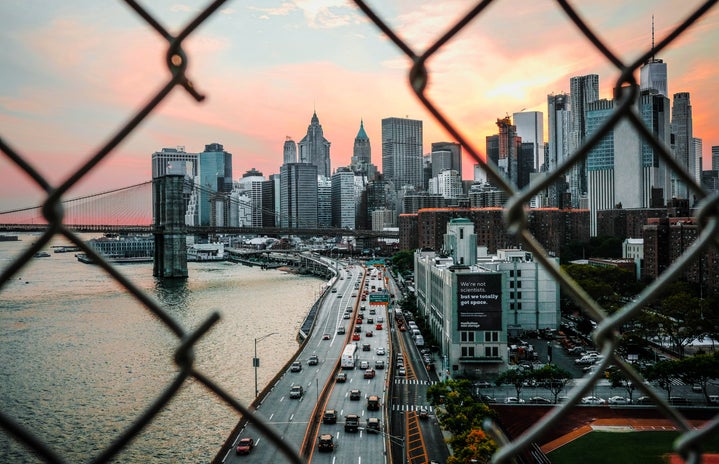Across the globe, countries are ceaselessly strained with how to halt the barreling opioid epidemic and its sheer immensity. According to the State University of New York, 2.1 million people were addicted to opioids in America as of 2016. Of that 2.1 million, it’s approximated that 130,000 people supplement their addiction to opioids with heroin, primarily due to the cost difference and convenience. Recently, people in the U.S. have turned to the rest of the world for inspiration to solve a seemly incurable epidemic. People are exploring ideas that even five years ago would’ve been viewed as too unconventional and culturally taboo. The progressive concept that’s generating the most substantial buzz right now are safe injection sites.
Starting in 1996, big pharma initiated its mass production of opioid painkillers such as Oxycodone. Purdue Pharma alone saw $45 million in profit within the drug’s first year of release. When Oxycodone was first marketed to the public, it was said to have less than a 1% chance of addiction associated with it. However, it came to surface later that that was not the case. This event coupled with the American Pain Society (APS) coining of the term, “pain as a fifth vital sign”, inadvertently steered the values of medical professionals in a ferociously unfavorable direction. The Joint Commission quickly adopted the phrase from APS and started requiring that doctors ask patients about their pain level during appointments. The addition of this “fifth vital sign” further invigorated pharmaceutical companies to continue increasing sales of painkillers for the sole purpose of widening the margin. The number of prescriptions written for opioid painkillers exponentially surged in the consecutive years. I think it is unclear if the people who triggered this crisis recognized the potential repercussions of their actions. Howev,er at this stage, it’s futile to point fingers at the guilty parties when such a complex issue such as the opioid crisis continue to spiral out of our control. So, the question is, how can we get a handle on the situation?
The purpose of safe injections sites as stated by Louise Kaplan, a professor at Washington State University and member of a SIS community, is to provide a collaborative, instructive, and above all safe environment for visitors. The general concept of these facilities is to supply a medically trained staff and clean supplies for visitors. The staff typically monitors the room of visitors, and in the event of an overdose, uses naloxone, a drug that counteracts the effects of heroin, to save a life. The movement towards implementing these havens is best explained by Henry L. Dorkin, an AMA Council Member on Medical Education, “The bottom line was these people already had these drugs and they were already going to inject them. The only thing that’s being facilitated [in safe injection sites] is saving their lives, and at the same time, making available to them rehabilitation facilities and people who wouldn’t be available down that proverbial dark alley where they would normally shoot up.” Dorkin address one of the arguments that critics typically mention, and that is that these spaces solely aim to facilitate legal drug use; however, they’re missing the point. It’s about removing the negative stigma and shame that are often paired with addiction while also saving lives by offering that extra chance for someone to get clean.
The availability for research about these facilities is abundant given that 11 other countries have already implemented the legislation for safe injection sites and recorded data about the social and cultural impacts. Beyond the individuals who use the SIS, the communities surrounding these sites have seen notable changes. For example, nerves were initially tense when the safe injection site opened up in Vancouver, Canada in 2003. People thought the sites were going to be too costly and dangerous for their neighborhoods. However, there’s substantial evidence in Kennedy and colleagues’ research and observations of several SIS communities that illustrates the inverse of that original thought process. The results from the show there was a decrease in drug-related crimes in the neighborhood, and an improved public order. Members of the community felt that the site improved the sense of community and safety. Additionally, The Scientific American Board of Editors found that for every dollar spent on the facility, it saves $2.33 in emergency care from overdoses. The U.S. has been taking its time, grappling with each potential solution to the opioid crisis in hopes of circumventing any decision that would worsen the current state. Yet, the more time that passes without action, the more the situation intensifies.
Legalizing and implementation of safe injection sites in our communities could bring us even that much closer to diminishing the opioid crisis in the U.S. These sites provide hope for people struggling with addictions, and attempt to uplift everyone within the community. Severals states are at the brink of breaching the legal barriers, and several more are beginning to gravitate towards the idea as it gains more traction. It’s only a matter of sorting through our judicial system now…but that’s another crisis.


